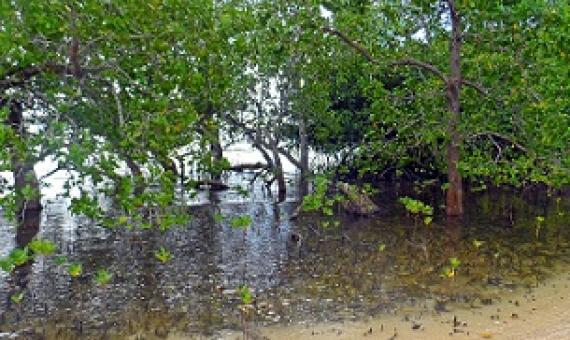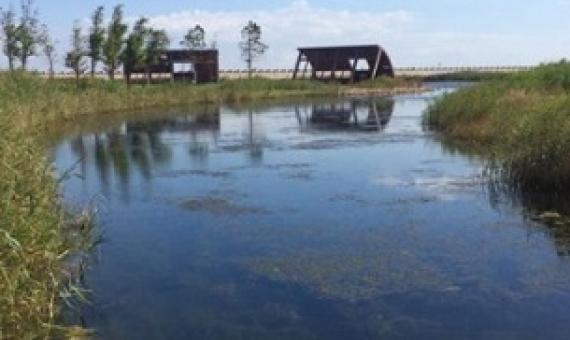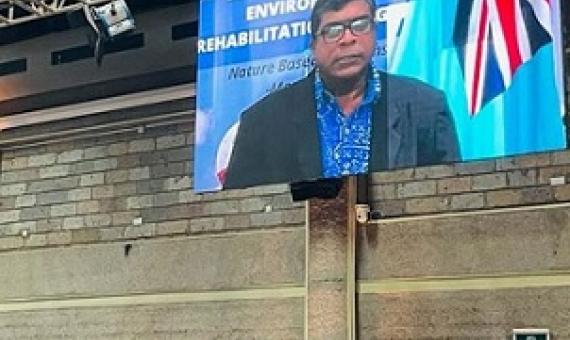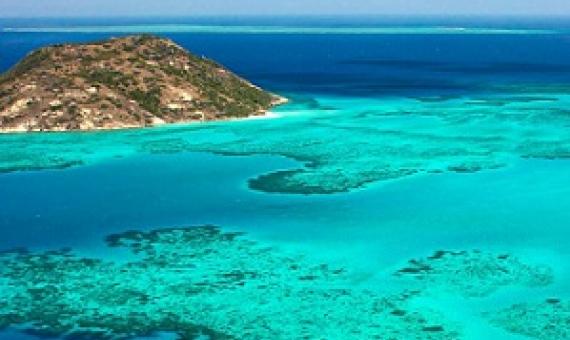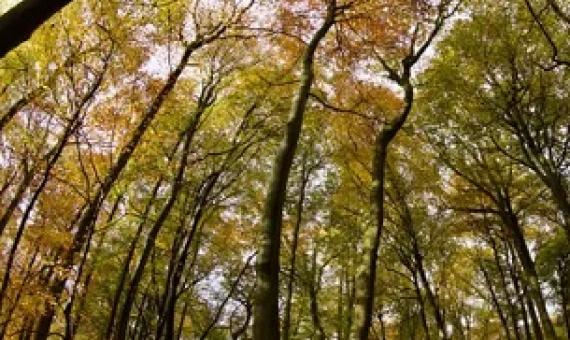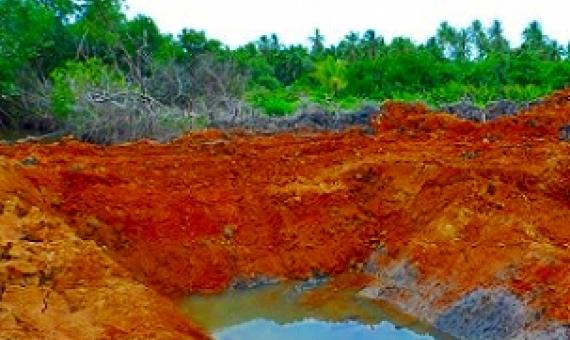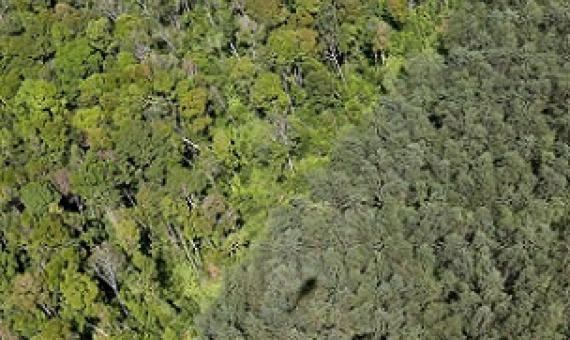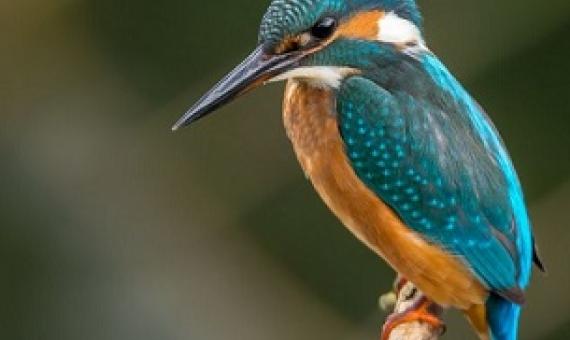A set of maps from research published in 2020 in the journal Nature suggested that restoring ecosystems in “priority areas” offered a cheap and effective way to slow climate change and stem the global loss of species.
The repair of ecosystems as a core public health intervention can reduce the risk of infection and play an integral role in the long-term rehabilitation from COVID-19, which has so far claimed up to 15 million lives globally through direct and indirect infection (World Health Organization, 2020–2
The United Nations has declared the 2020s as the decade of ecosystem restoration, a call for countries around the world to dedicate resources towards healing the earth.
The Minister for Agriculture Dr Mahendra Reddy says Fiji is working tirelessly to protect, manage and restore its ecosystems by actively promoting and incorporating Nature-Based Solutions in its ever-increasing disaster management models.
In 2016, Stephen Simpson, a marine biologist at the University of Bristol in England, returned to a study site off Australia’s Lizard Island, part of the Great Barrier Reef.
As the United Nations Cop26 climate conference in Glasgow winds down, many world leaders and corporate boards are embracing an increasingly popular idea to solve climate change: trees.
Grand global commitments to plant trees to fight climate change are welcome. Healthy landscapes that suck planet-heating carbon out of the atmosphere—locking it into forests and soils—are among the best technologies there are yet to bend the Keeling Curve in a new direction.
Globally, tree-planting projects are becoming all the rage, but many are counting on old habits of planting monoculture plantations and calling them forests...Reforestation and restoration projects will require monitoring and scrutiny to make sure they are living up to their commitments in regard
During the COVID-19 pandemic-imposed lockdowns, reports of air quality improvements in certain locations gave many of us the impression that we may have somehow been able to mitigate the effects of global warming.
Thinking globally and acting Locally. PNG is playing its part to save the planet. We have what is recognised as one of the most significant areas of intact tropical rain forests in the world, and often referred to as the 'lung' of Asia and the Pacific.

